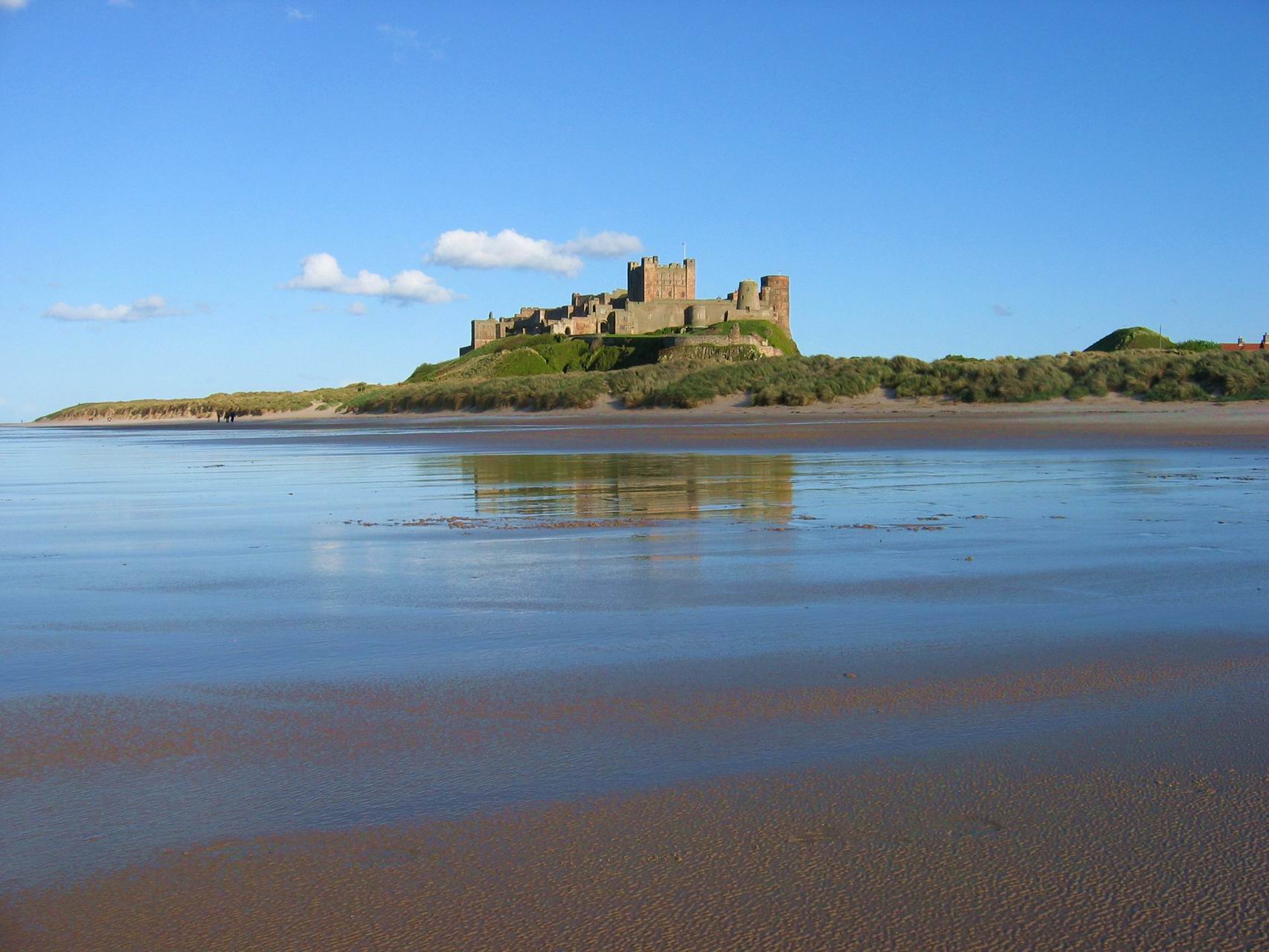Ealdormanry of Bamburgh on:
[Wikipedia]
[Google]
[Amazon]
 The Rulers of Bamburgh were significant regional potentates in what is now
The Rulers of Bamburgh were significant regional potentates in what is now
 The Rulers of Bamburgh were significant regional potentates in what is now
The Rulers of Bamburgh were significant regional potentates in what is now northern England
Northern England, also known as the North of England, the North Country, or simply the North, is the northern area of England. It broadly corresponds to the former borders of Angle Northumbria, the Anglo-Scandinavian Kingdom of Jorvik, and the ...
and south-eastern Scotland during the Viking Age
The Viking Age () was the period during the Middle Ages when Norsemen known as Vikings undertook large-scale raiding, colonizing, conquest, and trading throughout Europe and reached North America. It followed the Migration Period and the Germ ...
. Sometimes referred to in modern sources as the Earldom of Bamburgh, their polity existed for roughly two centuries, beginning after the attacks on the Anglo-Saxon Kingdom of Northumbria
la, Regnum Northanhymbrorum
, conventional_long_name = Kingdom of Northumbria
, common_name = Northumbria
, status = State
, status_text = Unified Anglian kingdom (before 876)North: Anglian kingdom (af ...
by the Vikings
Vikings ; non, víkingr is the modern name given to seafaring people originally from Scandinavia (present-day Denmark, Norway and Sweden),
who from the late 8th to the late 11th centuries raided, pirated, traded and ...
in the later ninth century, and ending after the Norman Conquest
The Norman Conquest (or the Conquest) was the 11th-century invasion and occupation of England by an army made up of thousands of Norman, Breton, Flemish, and French troops, all led by the Duke of Normandy, later styled William the Con ...
later in the eleventh century. In Scottish and Irish sources of the period the Bamburgh 'earldom' is referred to as the kingship of the Northern English (or the North English kingdom). or simply of the 'Saxons'.
In essence, Bamburgh
Bamburgh ( ) is a village and civil parish on the coast of Northumberland, England. It had a population of 454 in 2001, decreasing to 414 at the 2011 census.
The village is notable for the nearby Bamburgh Castle, a castle which was the seat of ...
and the surrounding region (the former Bernicia
Bernicia ( ang, Bernice, Bryneich, Beornice; la, Bernicia) was an Anglo-Saxon kingdom established by Anglian settlers of the 6th century in what is now southeastern Scotland and North East England.
The Anglian territory of Bernicia was ap ...
), the northern part of Northumbria, was ruled for a short period by shadowy kings, then by a series of 'kings', 'earls' (Latin '' duces'') and 'high-reeve
High-reeve ( ang, hēahgerēfa) was a title taken by some English magnates during the 10th and 11th centuries, and is particularly associated with the rulers of Bamburgh. It was not however only used by rulers of Bamburgh; many other places used ...
s' (from Old English ''heah-gerefa''). Most of these were descended from Eadwulf I of Bamburgh, thereafter called the Eadwulfings or House of Bamburgh. Several of these men commanded the whole of Northumbria, and their is also sometimes referred to also as the earldom of Northumbria (not to be confused with the southern earldom of Northumbria
Earl of Northumbria or Ealdorman of Northumbria was a title in the late Anglo-Saxon, Anglo-Scandinavian and early Anglo-Norman period in England. The ealdordom was a successor of the Norse Kingdom of York. In the seventh century, the Anglo-Sa ...
).
Possible pre-Eadwulfing rulers
* King Egbert I (867–872)Rollason, Northumbria, p. 249. * King Ricsige (872/3–876) * King Egbert II (876–878 or after 883?)Eadwulfing line or 'House of Bamburgh'
Post-Eadwulfing
Notes
References
* * * {{Medieval Scotland